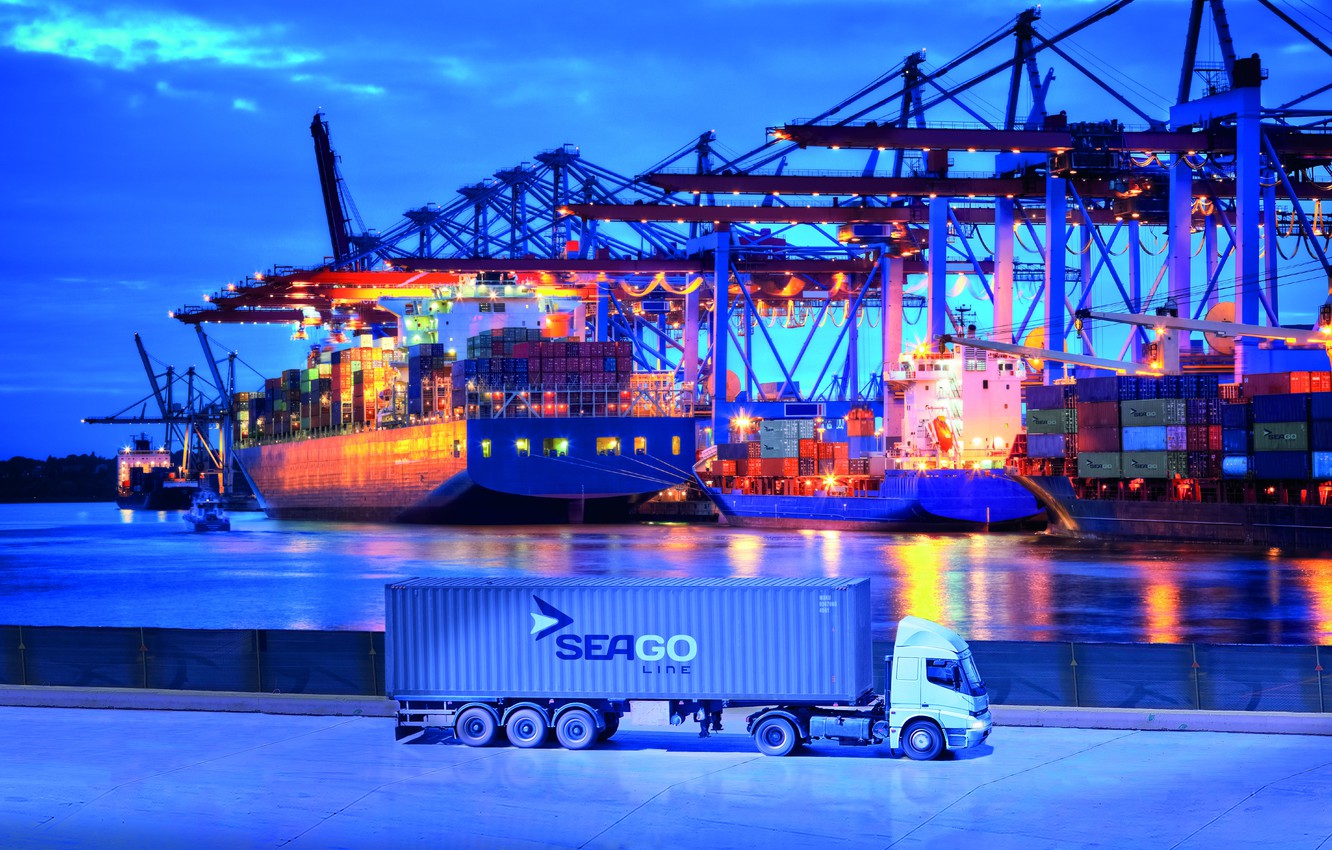Current Landscape
As you likely know by now, DI is an emerging field that combines artificial intelligence (AI), business intelligence (BI), and managerial science to provide organizations with actionable insights to make more proactive, informed decisions. The discipline is fundamentally about providing useful frameworks and technology tools to support, augment, and automate key decisions across organizations, serving as an intuitive instruction manual for applying data and AI to real-world decisions. To this end, DI functions as an umbrella layer, unifying numerous disciplines to deliver valuable information to decision makers across echelons of the enterprise, from C-Suite executives to front-line employees in cargo vessels and customer service centers.
DI can be used to predict the effects of changing weather patterns, which often impact shipping routes and delivery times.
In 2020, the Covid-19 Pandemic delivered a devastating blow to global trade and supply chains, leading to an industrywide slowdown and a reduction in demand for shipping services. These factors combined to put pressure on maritime shipping margins, leaving leaders searching for ways to become more proactive and nimble in their decision making. By inculcating DI within their organizations, cargo titans and regional shippers alike are poised to boost operational efficiency, improve customer experiences, mitigate risks, and increase visibility across the supply chain.
Boosting Efficiency
By utilizing DI, maritime shippers can streamline their operations, reducing costs and improving overall profitability. Decision makers can spot operational bottlenecks before they become cause for alarm, supporting the cultivation of a more proactive culture with less firefighting. For example, DI can be used to predict the effects of changing weather patterns, which often impact shipping routes and delivery times. This allows decision makers to “look around corners” to avoid delays caused by adverse weather conditions. The use of AI and machine learning algorithms, when deployed in the context of business outcomes, can also help companies optimize their route selection and planning based on real-time traffic data, reducing fuel costs and shortening delivery times.
Improving Customer Experience
DI can also help freight transport organizations improve their customer experience, generating a competitive advantage and higher relative pricing power. Often, the cornerstone of this transformation is the ability to provide customers with real-time information about shipments and delivery times, including the underlying causes of delays or other issues. For instance, customers can access a live tracking portal that provides them with up-to-date information about the status of their shipment as well as ancillary services, such as terminal or vessel operations. This information can be used to proactively communicate with customers, keeping them informed of any changes in delivery schedules, helping build trust and confidence in the brand. A survey by Forrester Research found that transportation companies that invest in providing superior (digital) customer experiences see a revenue increase of up to 15% when compared against their lagging peers.
“There is a big shift and companies are realizing that you have to be more than the product you offer. It has to do with how you impact customers and how to make processes more customer-centric, as well as more effective and efficient for the organization.”
Joe Craughan
Mitigating Risks
The maritime freight transport industry is exposed to a wide range of risks, including weather-related disruptions, political instability, and economic uncertainties. The last several years have only seen the gravity of these risks increase, compounded by the sheer volume of competing information available on any given factor. DI can help forward-thinking leaders mitigate these risks by providing real-time monitoring systems to deliver acute situational awareness, uncovering potential threats well in advance. For example, DI can be used to monitor global macroeconomic trends and predict their impact on shipping routes, fuel costs, and average delivery times. This allows companies to identify alternative routes and solutions, reducing the risk of delays or disruptions to their operations. DI also allows leaders to align cause-and-effect chains, drastically reducing the likelihood of negative unintended consequences down the line (the so-called “Lobster Claw Effect”, where the over-optimization for short-term benefits leads to long-term harm of a larger magnitude). A recent report by PwC found that cargo transport companies that use DI to manage risk have a 33% lower risk of supply chain disruptions.
Enhancing Supply Chain Visibility
DI provides organizations with a heightened level of situational awareness, allowing them to make more informed decisions via increased transparency and visibility throughout the entire supply chain. In tandem with tactical decisioning frameworks like the OODA Loop, DI allows leaders to make decisions in a remarkably agile manner while maintaining an alignment with overall corporate strategy. For instance, DI can be used to monitor key drivers of performance, such as delivery times, fuel consumption, and ocean costs, in real time to generate alerts and recommendations around adjustments that should be made along the supply chain. This can help companies identify inefficiencies, reduce waste, and improve the overall transparency of their operations. These companies can similarly increase transparency and build trust with their customers, suppliers, and partners by sharing real-time operational performance metrics externally. A recent study by McKinsey & Company found that companies that exhibit this form of DI-enabled transparency can improve their gross margins by up to 10% in 12 months.
Looking Ahead
The prudent use of DI affords a range of benefits, helping shipping leaders boost operational efficiency, revamp customer experience, mitigate risks, and increase supply chain visibility. Additionally, the evolution and proliferation of DI will continue to drive innovation and growth in the maritime transport industry and separate insight-driven enterprises from the rest. With such clear-cut benefits, the global DI market is expected to grow at a staggering annual rate of 31.2% over the coming decade.
Stay tuned for future articles, talks, and events where we will dive deeper into the practical applications of DI and how to ease your organization into one of the most powerful business disciplines ever created.
Getting Started
Contact us to learn how decision intelligence can reduce costs and enable proactive decisions to navigate a volatile economic environment.
About the Author
Chris Andrassy is an entrepreneur and managing partner at Astral Insights, focused on transforming data into sustainable business value on a global scale. He began his career at PwC in New York City, supporting the digital transformation of mature organizations struggling to innovate in a hyper-competitive world. After experiencing the limitations of traditional analytics practices, he decided to begin a new chapter alongside colleagues and industry veterans. His departure from New York marked the inception of Astral Insights, a Raleigh-based decision intelligence firm helping mid-market and enterprise clients transform data into profit. Chris is also an investor focused on innovative technologies including synthetic biology, sustainable energy, and artificial intelligence. Outside of work, he is an avid musician, skier, traveler, and fitness enthusiast.


